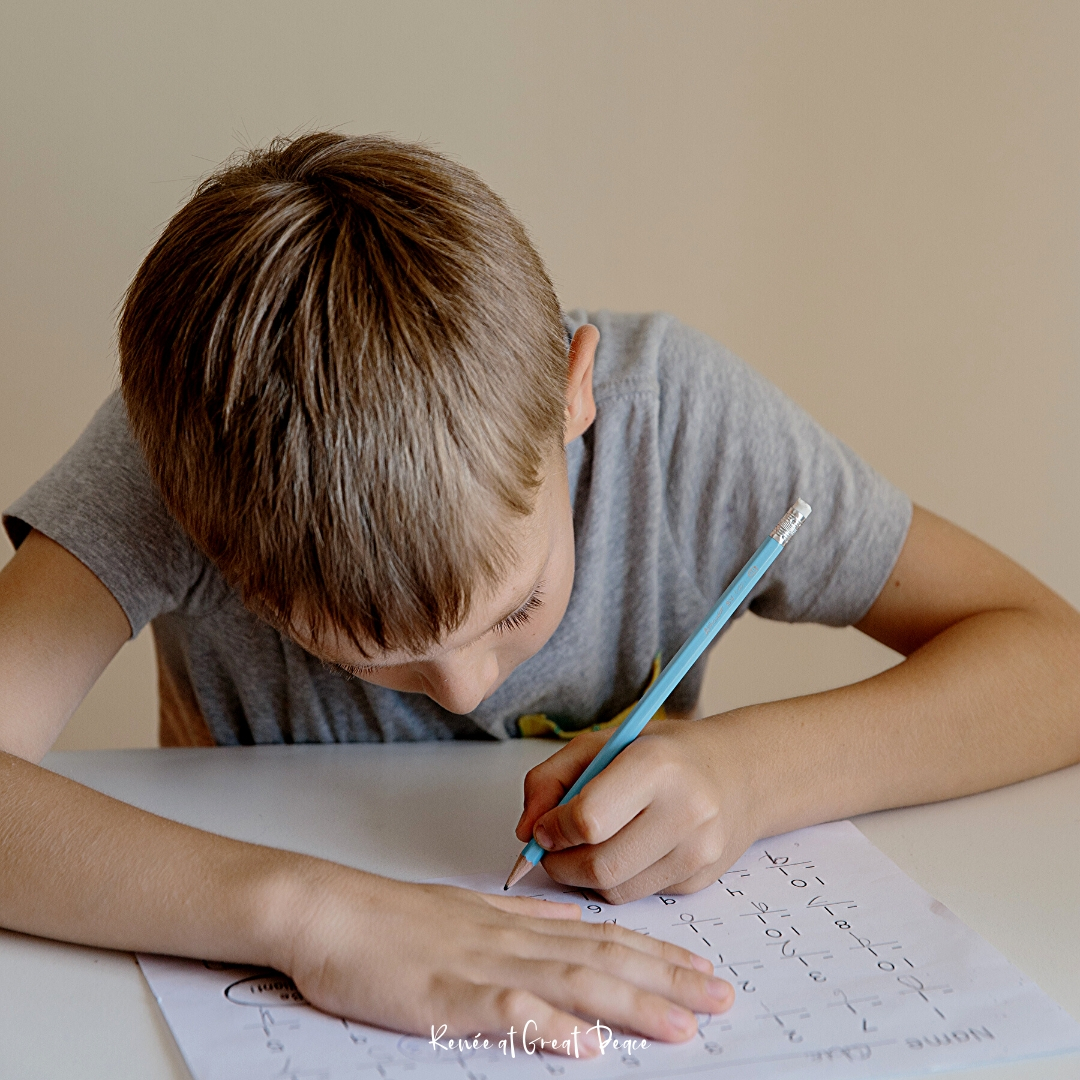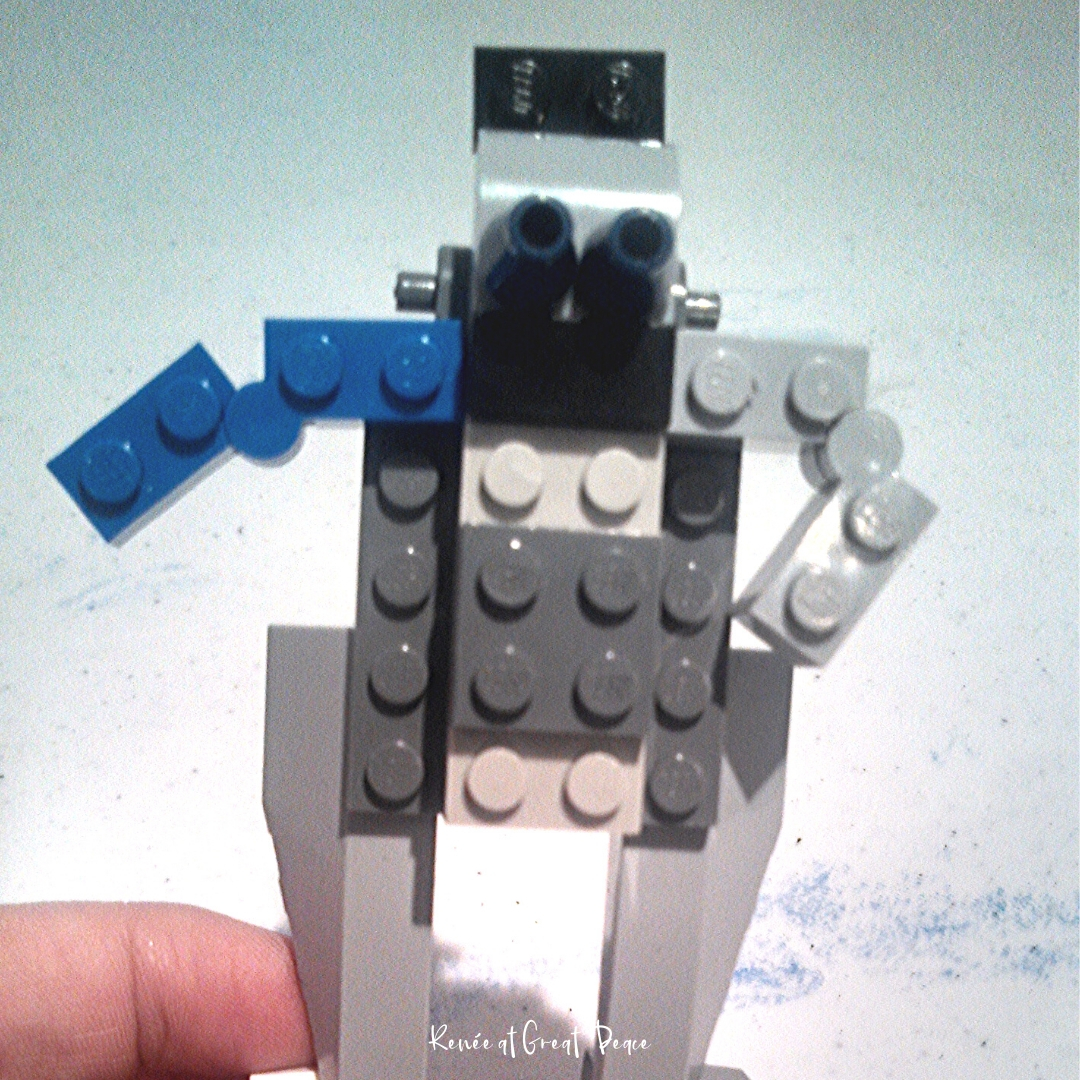
Learning Styles You Should Know when Homeschooling Gifted
When homeschooling, learning styles play a key role in the ability to teach a child. Every child is different and they way they learn is unique to each child. Understanding who your child is, what it is that inspires them and how they best adapt to learning situations will make it easier to help them learn while at home under your supervision.
Because, it will mean you can adapt their education to fit their unique learning style.
While I am not an expert in brain function and am certainly not an expert on the subject of education, I have tried to research and educate myself as a mom to an advanced learner.
It isn’t easy though because most of the research available is found in medical journals or educational materials for professional teachers. When I do find articles and materials online or even in books, the thing that I find most troublesome is, that too often, research leads to frustration because the language is too complicated for the average person to understand. Which means further research to decipher the language.
That is why I wanted to share with you what I have been learning, in my own words.
There are 3 major types of learning styles. These are how most educators and psychologists categorize leaners. These are the learning styles that you will most often hear of and what you will discover if you were to do basic online research.
Disclosure: This post may contain affiliate advertisement links.
Types of Learning Styles from Basic to Multiple Intelligence
The Three Major Learning Styles:
- Visual or Spatial – This style indicates that a child or person learns best and retains information best through visual learning. In other words, they work and learn best through what they see. This translates well for those who enjoy reading or viewing things which are written down or in some sort of documentation such as graphs, pictures, etc. They respond well when a lecture is presented with visual aids, and often remember better what is going on around the speaker than what the speaker is saying.

- Aural or Auditory – An auditory learner responds best to hearing and/or speaking their lessons. They incorporate what their auditory processors are taking in by retaining the information as knowledge. This type of learner does well with memorization and often will repeat what they hear or read in order to better retain the information. Many auditory learners have a talent for music. Music also can help to stimulate their thinking when studying in a quiet setting.

- Physical or Kinesthetic – A Kinesthetic learner is one who likes hands-on activities. They often will remember things that they learned while performing a motion or while practicing something repeatedly. Kinesthetic learners are often able to demonstrate what they know, better than, recite or write what they know.

Memletics Accelerated Learning Styles
But with a little more research you will find that learning styles for accelerated learners can be broken down into seven styles of learning known as the Memletic Style. You can download and print this Memletics Accelerated Learning Styles Inventory for free.
The Memletics 7 Types of Learning
- Visual – Again, this learner responds best to visual stimulation, looking at pictures, reading a text and having an understanding of their space.
- Aural – This as above is the auditory learner, one who responds best to what they are hearing. These learners respond to rhythm and song. Often will recall music or sounds that are happening while they are in a learning process.
- Verbal – This is where one of the differences is seen. The verbal learner learns best when they are able to process words using speech and/or writing. They respond to patterns of speech and will remember best when a variety of speech patterns are presented in a lesson.
- Physical – This learner responds to physical touch. Writing and/or drawing are ways that they can adapt what they are learning into a recognizable pattern for themselves. These learners do well when presented with a variety of hands-on activities.
- Logical – A logical learner is very analytical. They do things linearly. Lists, graphs, and systems are great tools for the logical learner. They do well in math and sciences. These students seek to understand the reasons and the how of why things work and what it is that makes them work.
- Social – These children learn best in social settings. They prefer groups and associate what they are seeing, hearing and feeling to who is surrounding them. They may adapt their understanding based upon the responses of the group.
- Solitary – A solitary learner works best and learns best when given time to work alone. These learners are driven by self motivation and will internalize what they are experiencing through various processes of senses. These students adapt their lessons based upon their thoughts and associate what they are learning with what they are thinking and feeling at the time of learning.
Gardner’s Theory of Multiple Intelligences
Just when you think that possibly these are all of the styles further research shows that Professor, Howard Gardner from Harvard University theorized that there 8 learning styles. He breaks them down in a similar way, although slightly different language, yet adds the 8th style, that being the naturalist. The one who learns best through observations of nature.
His and other researchers have shown that each learning style is associated with different parts of the brains functions. He theorized that by understanding one’s learning style, education could be adapted to meet the learner’s needs.
Isn’t that what we are trying to do in our homeschools?
Gardner’s 8 Primary Intelligences
- Visual-Spatial – Aware of surroundings, environment, likes to draw, read maps and visualize through photographs multimedia, text and graphs.
- Bodily-kinesthetic – Aware of their body in relation to things around them. Learns through physical touch, communicates through touch. Prefers to learn while moving, making things, and touching. Hands-on is usually best for these learners.
- Musical – Like the aural/auditory learner, these learners learn best in environments filled with music. They may retain text better when music is playing in the background. Rhythm and movement also play a key role in the musical learner’s ability to retain information and you may notice, tapping, humming, grunting or even clicking sounds as they adapt words into a rhythm.
- Interpersonal – Those who have the interpersonal learning style will learn through interacting with others. These learners usually surround themselves with many friends, have a unique ability to empathize and are best taught in group activities.
- Intrapersonal – One who learns best in an intrapersonal environment is focused on their own thoughts and feelings. They understand their own mind and are strong-willed to see things through in their own way. They learn best when given the opportunity to stand on their own and are self-motivated.
- Linguistic – The linguistic leaner uses words and languages in an effective way. They use the spoken, written and heard language to their advantage. These learners do best when presented information in words rather than in images or in music. Reading, listening to lectures and visuals that contain text are key for these students.
- Logical – Mathematical-Logical and mathematical reasoning means the learner is able to think about details that relate to each other, they observe patters and can think abstractly. These learners will thrive in an environment where they can experiment, solve puzzles, ask questions.
- Naturalist – The naturalist is one who learns best in nature. They think about the world and their surroundings from a nature view-point and how things in nature relate to one another. These students learn best when surrounded by science and are able to explore information about the physical world
Multiple Learning Styles
Then, there are people who adapt well to multiple types of learning. Such is the case with my own Young Man. When looking through these types of learning, I find that my son fits most of the categories, which indicates to me that he uses many different parts of his brain. I’ve known this for a very long time that his brain functions in so many different ways.
- I think that is why you will see him tapping, rocking, swaying, grunting and humming when he is reading because he is using his kinesthetic mind and his auditory mind to adapt what he is visually seeing.
- For the same reason, you will at most times of the day see him with colored pencils in his hand drawing and adapting the world as he sees it into a visual remembrance of it.
- It is why he is good with music and has perfect pitch.
- There are times when he is very much intrapersonal and chooses to spend time alone while at other times, he desires to be around groups of people.
- He repeats everything he memorizes and asks questions constantly about what he sees and hears.
- He learns math and science quickly both through hands-on learning and visual adaptation.
- He is logical in his approach believing if he has already learned how to do a math problem, he doesn’t need to write it down because that is a waste of time.
This is why I call him an Immersion learner. I’ve tried researching such a type of learner but keep coming up with immersion language education for students who are learning a new language. I did find a few brief articles that allude to perhaps an emerging theory of immersion type learning but I have found nothing concrete as of yet.
As I said at the beginning of this post, I’m no expert, but to me Immersion Learning makes the most sense when he spans so many of the learning styles that have been identified. What I observe is that he completely immerses himself in whatever he is learning or doing, with all of his being, body, mind, eyes, ears, and thought.
I believe children who have multiple intelligence can when given proper respect and consideration learn to adapt their learning style to fit the environment that they happen to be in.
Unfortunately, (in my opinion), too often children like Little Man, who have such marvelous abilities, are not afforded the same respect that learners with typical learning styles have.
Which is why homeschool is the answer for our family.
What have you observed as learning styles in your own children?
Don’t Miss These Posts
- Why Homeschooling Your Gifted Child Can be the Right Choice
- The Ultimate Guide to Homeschool Education Methods
- 100 Must Read Things for Parents of Gifted Children to Read








6 Comments
Gina Fleming
I really enjoyed this post! My 9yo fits both Bodily – Kinesthetic and Logical – Mathmatical. He is very inquisitive and loves problem solving (although he gets frustrated when he has to write out formulas and show his work in math). I am however having difficulties getting him to read consistently. He likes factual books and retains information well, until we move to storybooks. He seems to find it difficult to concentrate and can’t summarize what he has read well in any fiction/biographies. Any suggestions? Thanks 🙂
Renee Aleshire Brown
I wish! I have the same issue. My son would prefer to read an encyclopedia to a work of fiction. Occassionally though I find one he enjoys like “Hubert Invents the Wheel”
I just let him read what he is interested in. He shows comprehension and not everyone in life reads for entertainment. 😉
He likes the magic tree house books too.
So glad you enjoyed the post, Gina. Be sure to check out Homeschool Methods as well. http://www.greatpeaceacademy.com/2014/04/Ultimate-Guide-to-Homeschool-Methods.html
Michelle Cannon
Excellent post!
Renee Aleshire Brown
Thanks Michelle!
Fianou
I think there is a misconception that people only possess one of these learning styles… I have seen it simplified a lot on the web, but also read that Gardner’s theory (as I understand it) explains that people possess all of these intelligences as they relate to different parts of the brain/processes, and different evolutionary developments. People possess all of these intelligences although some may excel in one over another. I think the main point was that all of these intelligences should be developed through education. He also added another intelligence later on… experiential or spiritual intelligence. His theories are not so much about people being different ‘types’ of learners, but about documenting and classifying the different ways we think and learn. A bit has been lost in the application to education. People should not be pigeonholed but nurtured through all their intelligences. Your child is a well rounded balanced learner, which is probably why he is advanced in his learning.
Renee Aleshire Brown
I think many people can display different areas of learning through different styles, also that some may possess abilities in one area stronger than others. Personally, as a Christian believer in the Creator God, I believe God creates and blesses each person with unique gifts and talents. I agree that children should be nurtured through learning and discovery of all areas of intelligence.